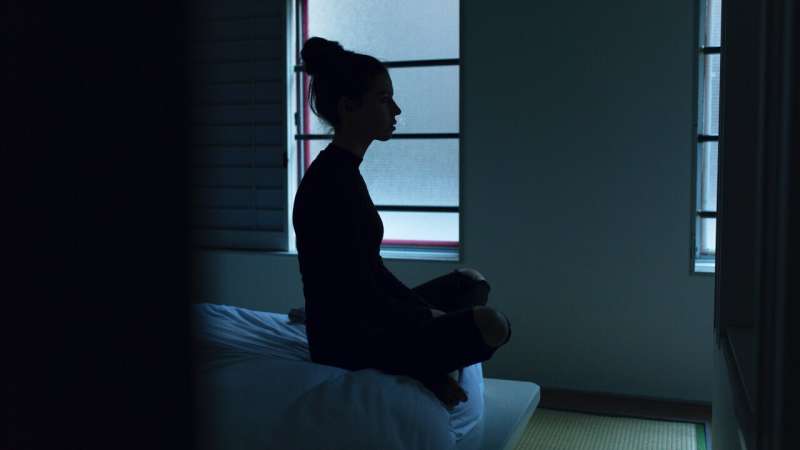This article has been reviewed according to Science X's editorial process and policies. Editors have highlighted the following attributes while ensuring the content's credibility:
fact-checked
trusted source
proofread
Sleep aid models sleep patterns, plays soothing music at appropriate times

Insomnia is a pervasive sleep disorder affecting millions of people worldwide. It has long been considered a significant health concern characterized by difficulty falling asleep or remaining asleep for a sufficiently long period. While almost everyone suffers sleeplessness on occasion, it can often be alleviated by changing one's bedtime routine, avoiding late food and drink, relaxation and breathing exercises, switching off one's gadgets earlier in the evening, reducing stress overall, and with short-term medication.
Chronic insomnia if left untreated can ultimately lead to health issues, such as ongoing fatigue during the day and an increased risk of other health conditions. Approaches to address the problem of insomnia are thus keenly sought.
Research published in the International Journal of Industrial and Systems Engineering offers a promising advancement in sleep aid technology.
Shan Hu, Liyan Zhang, Weiqi Guo, Dong Zhang, Qi Jia, Zitong Yang, and Min Guo of Hubei University of Technology in Wuhan, Hubei, China, have used neural network science to develop a sleep aid that "understands" the individual user's needs and uses sophisticated processes to model their sleep patterns and then play soothing music at appropriate points to help overcome the person's insomnia. The team suggests that their work might change how sleep aid products are designed by prioritizing the user rather than their problem.
The team's approach integrates sophisticated techniques such as the analytic hierarchy process (AHP), quality function deployment (QFD), and function behavior structure (FBS) models to develop a more effective approach. AHP is used to assess the user's needs and give a weighting to each factor.
Convolutional neural networks then allow the team to craft a personalized sleep state model that can be tailored to individual sleep patterns and then be optimized for effective sleep assistance. The sleep, or rather "lack-of-sleep" patterns are initially monitored using a heart monitor and skin conductivity measurements the data from which are fed into the model.
Critically, what emerges from this project is that design has to focus on the user as well as the device to get the best results. "This method can improve the user experience of intelligent sleep aid products from the perspective of user needs and provide a feasible reference for the design research of intelligent sleep aid products," the team writes.
More information: Shan Hu et al, Research on the design of smart sleep aid interactive products, International Journal of Industrial and Systems Engineering (2024). DOI: 10.1504/IJISE.2024.136413





















